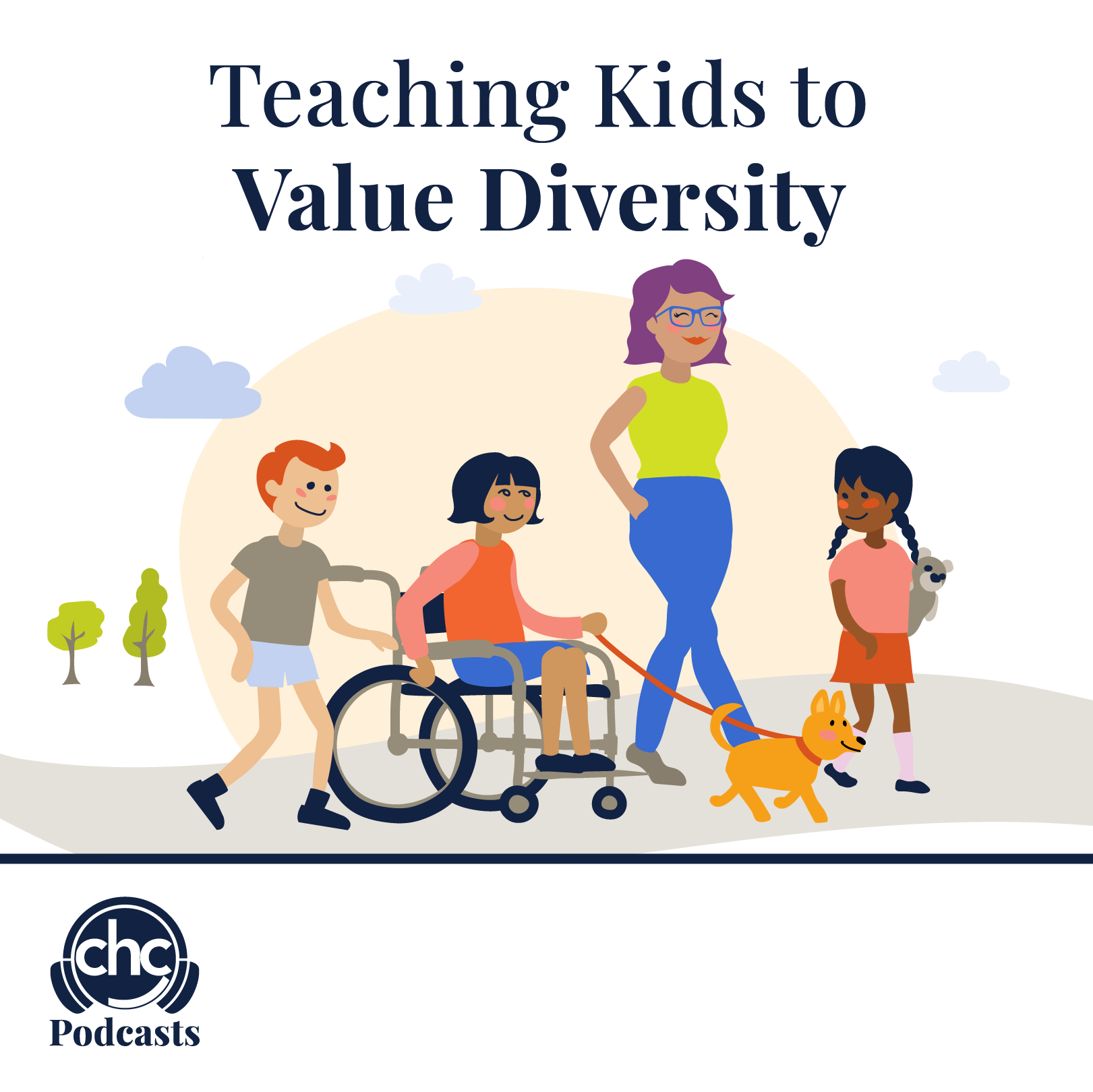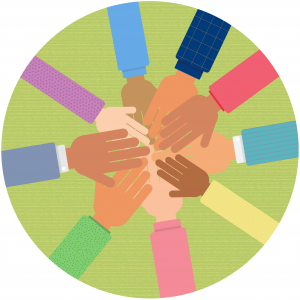What Exactly is a Microaggression?
 An Asian-American student is complimented by a professor for speaking perfect English, but it’s actually his first language. A black man notices that a white woman flinches and clutches her bag as she sees him in the elevator she’s about to enter, and is painfully reminded of racial stereotypes. A woman speaks up in an important meeting, but she can barely get a word in without being interrupted by her male colleagues.
An Asian-American student is complimented by a professor for speaking perfect English, but it’s actually his first language. A black man notices that a white woman flinches and clutches her bag as she sees him in the elevator she’s about to enter, and is painfully reminded of racial stereotypes. A woman speaks up in an important meeting, but she can barely get a word in without being interrupted by her male colleagues.
There’s a name for what’s happening in these situations, when people’s biases against marginalized groups reveal themselves in a way that leaves their victims feeling uncomfortable or insulted: microaggressions.
The word “microaggression,” like the behaviors it describes, is probably going to be with us for some time, so it’s worth understanding what it means.
Microaggressions are more than just insults, insensitive comments, or generalized jerky behavior.
They’re something very specific: the kinds of remarks, questions, or actions that are painful because they have to do with a person’s membership in a group that’s discriminated against or subject to stereotypes. And a key part of what makes them so disconcerting is that they happen casually, frequently, and often without any harm intended, in everyday life.
his is how psychologist Derald W. Sue, who’s written two books on microaggressions, defines the term: “The everyday slights, indignities, put downs and insults that people of color, women, LGBT populations or those who are marginalized experiences in their day-to-day interactions with people.”
How do microaggressions actually harm people?
Research has shown that microaggressions, although they’re seemingly small and sometimes innocent offenses, can take a real psychological toll on the mental health of their recipients. This toll can lead to anger and depression and can even lower work productivity and problem-solving abilities.
Plus, they can affect a work or school environment, making it more hostile and less validating and perpetuate stereotype threat (the fear of confirming existing stereotypes about one’s group, which can have a negative impact on confidence and achievement).
Are microaggressions the same as racism, sexism, and homophobia?
They are based on some of the same core ideas about people who are minorities or are marginalized in America (for example, that they’re not smart, that they don’t belong, or that they make good punchlines), but microaggressions are a little different from overtly racist, sexist, or homopohobic acts or comments because they typically don’t have any negative intent or hostility behind them.
What do I do if I want to avoid subjecting people to microaggressions?
In short: make an effort.
In his video on microaggressions, Sue offered five suggestions for things individuals can do to avoid them:
- Be constantly vigilant of your own biases and fears.
- Seek out interaction with people who differ from you (in terms of race, culture, ethnicity, and other qualities).
- Don’t be defensive.
- Be open to discussing your won attitudes and biases ad how they might have hurt others or in some sense revealed bias on your part.
- Be an ally, by standing personally against all forms of bias and discrimination.
Excerpted from “What Exactly is a Microaggression?” in Vox. Read the full article online.
Source: Vox | What Exactly is a Microaggression?, https://www.vox.com/2015/2/16/8031073/what-are-microaggressions | © 2020 Vox Media
Do you need someone to talk to? CHC can help. We invite you to call or email our Care Managers at 650.688.3625 or careteam@chconline.org to set up a free 30-minute consultation. CHC teletherapy services are available now.





